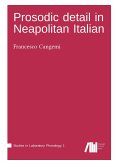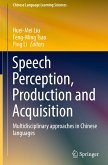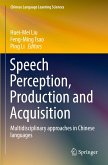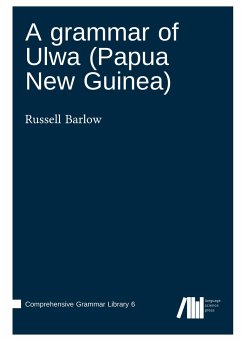The complexities of speech production, perception, and comprehension are enormous. Theoretical approaches of these complexities most recently face the challenge of accounting for findings on subphonemic differences. The aim of the present dissertation is to establish a robust foundation of findings on such subphonemic differences. One rather popular case for differences in subphonemic detail is word-final /s/ and /z/ in English (henceforth S) as it constitutes a number of morphological functions. Using word-final S, three general issues are investigated. First, are there subphonemic durational differences between different types of word-final S? If there are such differences, how can they be accounted for? Second, can such subphonemic durational differences be perceived? Third, do such subphonemic durational differences influence the comprehension of S? These questions are investigated by five highly controlled studies: a production task, an implementation of Linear Discriminative Learning, a same-different task, and two number-decision tasks. Using not only real words but also pseudowords as target items, potentially confounding effects of lexical storage are controlled for. Concerning the first issue, the results show that there are indeed durational differences between different types of word-final S. Non-morphemic S is longest in duration, clitic S is shortest in duration, and plural S duration is in-between non-morphemic S and clitic S durations. It appears that the durational differences are connected to a word¿s semantic activation diversity and its phonological certainty. Regarding the second issue, subphonemic durational differences in word-final S can be perceived, with higher levels of perceptibility for differences of 35 ms and higher. In regard to the third issue, subphonemic durational differences are found not to influence the speed of comprehension, but show a significant effect on the process of comprehension. The overall results give raise to a revision of various extant models of speech production, perception, and comprehension.








